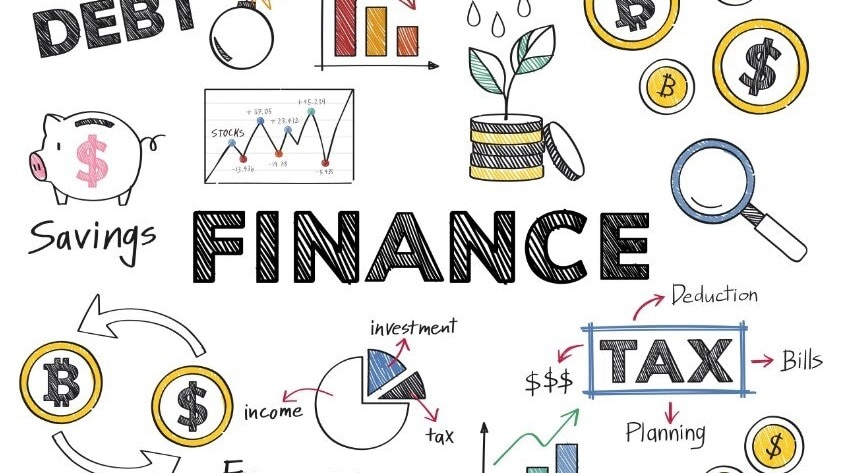In India, the financial year (FY) begins on April 1 and ends on March 31. This signifies that April commences the 2025-26 financial year, requiring careful consideration of investment decisions. It is equally crucial to evaluate the tax implications for this year. Regular assessment of your financial decisions is paramount to make necessary adjustments, whether independently or with the assistance of a professional financial planner.
New tax slabs and tax planning
How much tax do I have to pay? Calculate now
With the enactment of Finance Bill 2025 and the notification of Finance Act 2025, significant changes in Income Tax regulations will be implemented. Individuals who choose to adopt the new Income Tax regime will now have the opportunity to avail of a rebate under section 87A for total income up to Rs 12 lakh, an increase from the previous limit of Rs 7 lakh.
This implies that individuals earning up to Rs 12 lakh will be exempt from paying income tax. Previously, individuals earning Rs 12 lakh would have been required to pay Rs 80,000 in taxes under the new regime, but with the revised limit, they will no longer be liable for tax on this income. It is important to note, however, that individuals will still be required to file Income Tax Returns despite being exempt from paying taxes on income up to Rs 12 lakh.
The beginning of the new financial year is an ideal time to start tax planning for the entire year. The tax slab and rate changes announced in Budget 2025 have come into effect from April 1, 2025, under the new tax regime. As per the latest updates, there will be no tax on income up to Rs 12 lakh, excluding capital gains. It is essential to strategically plan your taxes and choose the tax regime that is most beneficial for you.
If your income falls below Rs 12 lakh, you may not need to make certain tax-saving investments that were required in the old regime. This newfound flexibility allows you to allocate your money where it is most advantageous for you.
| Income Range | Tax Rate |
|---|---|
| Up to ₹4,00,000 | Nil |
| ₹4,00,001 – ₹8,00,000 | 5% |
| ₹8,00,001 – ₹12,00,000 | 10% |
| ₹12,00,001 – ₹16,00,000 | 15% |
| ₹16,00,001 – ₹20,00,000 | 20% |
| ₹20,00,001 – ₹24,00,000 | 25% |
| Above ₹24,00,000 | 30% |
Assess your portfolios
It is currently the time of the year for us to assess our portfolios. Typically, our main focus is on maximizing tax savings and identifying new investment opportunities. With the commencement of the new financial year, it is crucial for you to evaluate your budget, financial objectives, and devise a plan for your investments.
Assessing your budget allows you to reduce unnecessary expenditures, rectify any errors from the prior financial year, and increase your savings. Concurrently, it is imperative to reassess your financial goals to ensure you are progressing accordingly. If necessary, strategize or seek assistance from professionals to realign your path towards achieving your financial aspirations.
TDS deduction
To prevent unnecessary TDS deductions on your interest income, consider submitting either Form 15G or Form 15H. It is important to verify your eligibility before submitting the form.
Form 15G is applicable for individuals below the age of 60 with a nil taxable income.
Form 15H is applicable for individuals above the age of 60 with a nil taxable income.
Invest in PPF, NPS
Consider allocating funds towards schemes such as Public Provident Fund (PPF) and National Pension System (NPS) annually. To maximize interest earnings, aim to invest your lump sum amount in the first week of April. Ensure you have the necessary funds in your account before making these investments. If not, seize the earliest opportunity to do so.
ITR filing preparations
In April, it is advisable to begin preparing for the filing of your Income Tax Return (ITR) for Assessment Year 2025-26 (Financial Year 2024-25). The deadline for filing ITR for income earned in the previous financial year (FY 2024-25) is July 31, 2025, for individuals not requiring an audit of their accounts.
Employees receiving salaries can file their ITR after receiving Form 16 from their employers, typically after June 15. Meanwhile, gather evidence for income from various sources such as capital gains from stocks and mutual funds, rental income, and professional income.
It is important to keep all documents related to tax-saving investments organized. If you have foreign income, reporting it in your ITR may pose a challenge. In such cases, seek guidance from a tax specialist.
ITR Filing 2025: Important Dates to Keep in Mind
Regular ITR Filing Deadline: July 31, 2025 (for FY 2024-25, AY 2025-26)
Belated Return Deadline: December 31, 2025 (subject to late fee)
Revised Return Option: If you mistakenly chose the wrong tax regime initially, you have the opportunity to submit a revised return. This option is only available if your original ITR was filed on time.
Source:https://www.businesstoday.in/personal-finance/tax/story/april-2025-money-related-tasks-you-need-to-complete-in-the-first-month-of-new-fiscal-fy26-470204-2025-04-01?utm_source=rssfeed

